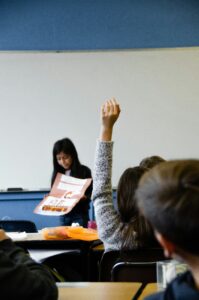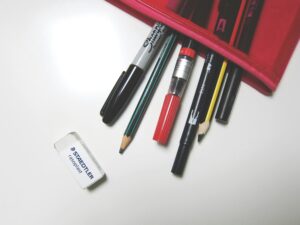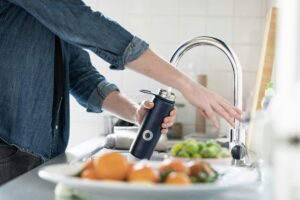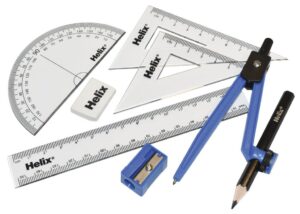Classification as easy as ABC…or is it?
Topics

The kids are going back to school and with them a myriad of equipment, uniform and undoubtedly snacks to keep them fueled and ready to learn.

Back to school is a key time in the retail calendar and the range of school products expands year on year from pencil cases to rucksacks, lunchboxes and geometry sets. Back to school products can come with classification challenges and it’s never as simple as ABC when assigning the correct and compliant tariff code. Understanding the intricate rules and nuances of the harmonised system means classification teams can assign the correct tariff codes to items and ensure they reach shelves without delay ready for the start of the school year. Coupled with our accurate classification solution, TariffTel, you could just get to the top of the class!
Let’s dive into three seemingly simple school items to see how classification can become surprisingly complex and how best to solve them.
Pencil Case: Plastic Sheeting or Plastic Moulded?
At first glance, classifying a pencil case seems easy—it’s a case, so it belongs in Heading 4202, right? Not so fast. The complications arise from the structure of Heading 4202 itself, which is divided into two parts. The first part allows for various materials as long as the item fits the category, while the second part is more restrictive, specifying materials like leather, textile, and plastic sheeting.
If you have a pencil case made from plastic sheeting, it fits under Heading 4202 99, which allows for “Other” materials specified, which in this case includes plastic sheeting. However, if the pencil case is made from moulded plastic silicone, things get trickier. Since moulded plastic silicone isn’t listed under the allowed materials in the second part of Heading 4202, it falls outside this category. Instead, it must be classified under Heading 3926, covering “Other articles of plastics.” Missing this distinction could mean paying a higher duty rate under one subheading versus another—an important detail that impacts cost and compliance.
Water Bottle: Insulated or Non-Insulated?
The classification of a water bottle hinges on whether it is vacuum insulated or not. Vacuum insulation, which involves removing air between the walls to prevent heat transfer, would classify the bottle under tariff code 9617. But here’s the catch: double-walled does not always mean vacuum insulated. Without vacuum insulation, the material of the bottle determines its classification.
In the case of a bottle that has a stainless steel outer wall and a plastic inner wall, the bottle is classified under the code 3924900090, which pertains to plastic household goods. It might seem odd to classify a water bottle this way since it’s often used outdoors, but because it is filled at home and can be used there, it fits under this classification. This nuance is easy to overlook but essential for accurate tariff classification.
Geometry Set: A Single Tariff Challenge
 A geometry set, comprising a protractor, compass, pencil, eraser, pencil sharpener, and ruler, is a prime example of a product that needs careful classification as a set. According to GRI 3b, a set must meet specific criteria: it must consist of different articles classifiable under different headings, fulfill a particular need or activity, and be packaged for retail sale.
A geometry set, comprising a protractor, compass, pencil, eraser, pencil sharpener, and ruler, is a prime example of a product that needs careful classification as a set. According to GRI 3b, a set must meet specific criteria: it must consist of different articles classifiable under different headings, fulfill a particular need or activity, and be packaged for retail sale.
If a geometry set meets all criteria, it’s classified as a single set. The challenge lies in determining the set’s essential character, which usually depends on the most valuable or significant items within it. Here, the protractor, compass, and ruler, all classifiable under Heading 9017, provide the essential character, guiding the overall classification.
These three examples highlight that tariff classification is rarely straightforward. Products like pencil cases, water bottles, and geometry sets involve nuanced decisions that can significantly impact duties and compliance. Our customs classification solution TariffTel supports retailers in navigating the complex decision-making process that goes into the classification of back to school products. TariffTel is designed to get into the detail and is backed by an expert team of classification experts who are on the end of a phone to talk through product challenges.
To set up a demo to see how TariffTel can support your classification, contact us today.
Other Useful Resources
Windsor Framework update: Key details ahead of 1st May 2025 implementation
The Windsor Framework's latest updates come into effect on 1st May 2025, introducing new trading arrangements between Gr...
From spreadsheet chaos to smart compliance
Data accuracy matters more than you think in customs classification. In global trade, the difference between complian...
Adapting to an ever-changing regulatory environment
In the fast-moving world of international trade, compliance is more than just a legal necessity; it’s a competitive ad...



